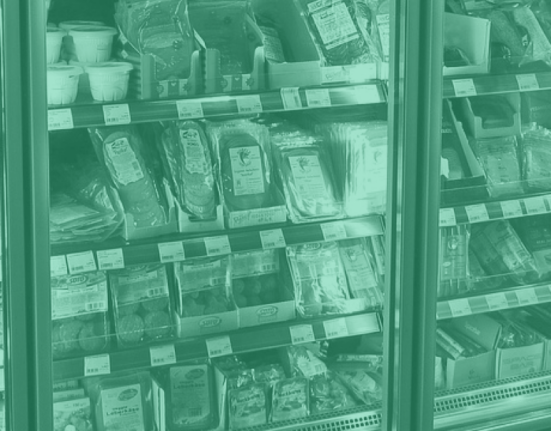Mystery shopping has gotten an upgrade in recent years. Shoppers no longer go into stores with several pages of questions to fill out. This experience soon became too bulky and inefficient for brands and retailers that wanted insight into their in-store performance.
Why Traditional Mystery Shopping Is Outdated
Old school, traditional merchandising was conducted by the in-store retail kings of years past. They sent out hundreds to thousands of paper surveys to mystery shoppers near the stores they wanted data on. A fraction of the survey recipients would go into stores, armed with scripts and surveys. They were instructed on what to talk about with store employees and what type of in-store data they were to report back on.
There were a few things that could go wrong with these surveys:
- The process was unnatural, as it could take shoppers over 45 minutes to complete their surveys. This could make the employee-shopper interaction awkward.
- Since these mystery shoppers had to mail in their answers, there was no way to verify in the moment that they had completed all of the questions satisfactorily.
- In addition, this entire process could take 4-6 months from the time companies sent out surveys to the day when they received enough high-quality responses back.
- Not to mention the cost. Printing and mailing all those paper surveys, plus paying each mystery shopper quickly burned a hole in the project budget.
- Lastly, while this data was important to have for brands and retailers, survey data collected several months ago was next to useless. After all, if shoppers said the display that they noticed as soon as they stepped into a store was broken in May, chances are, it would already be fixed by September when the brand or retailer was able sift through and act on the data.
Based on this clunky experience, and as mobile took over, it was clear that a new way to gather in-store data was necessary. Enter, mobile mystery shopping.
How Mobile Mystery Shopping Takes Data Collection to the Next Level
Pew Research Center found that 77 percent of Americans own smartphones. Tapping into this population seemed like a much more logical way to gain that crucial data. Here’s how mobile mystery shopping differs from the traditional way of doing things:
- Compared to paper surveys, modern merchandisers and store operators make use of smartphone apps to get answers to the questions central to their success. On top of that, it allows brands and retailers to leverage their secret shoppers’ cameras and get photo data as well.
- Mystery shoppers need to get in and get out in a reasonable amount of time to not compromise the data they are collecting. If a mystery shopper is in a store for 40 minutes, scribbling down answers and then turns to ask employees questions on their script, the employees may not answer as they typically would. To gather proper data, employees should think they are talking to an average customer, not someone who is evaluating them. Modern mystery shopping decreases the amount of time shoppers are in the store, typically to 10-15 minutes.
- With such fierce competition in retail, every line item in the budget matters. And that means expensive mystery shopping projects are out of the question. If shoppers have their phones within arm’s reach for the majority of the day, targeting them on their mobile devices is a much less costly way to collect data without having to pay for physical copies sent through the mail.
- Just as retailers and brands focus intensely on costs, they are also buckling down to improve efficiency. Mobile mystery shopping helps with this, as shoppers are able to collect all the data a company typically needs within a two to four week period.
- Last and certainly not least, retailers and brands are able to see data mystery shoppers collected in an online portal in near-real time and take action on it immediately. Retail is changing at the speed of light and correcting any issues, such as out-of-stocks and non-compliant displays, has a real impact on revenue and customer sentiment.
Closing Thoughts
It’s time to leave the old days of mystery shopping behind to take advantage of the new way that shoppers navigate stores. With the help of modern data collection, brands and retailers can get the data they need to improve performance without the hassle. To learn more about modern mystery shopping, check out an on-demand version of our webinar, A Modern Take on Mystery Shopping: How Brands and Retailers Get Ahead with Mobile Crowdsourcing.















1 Comment